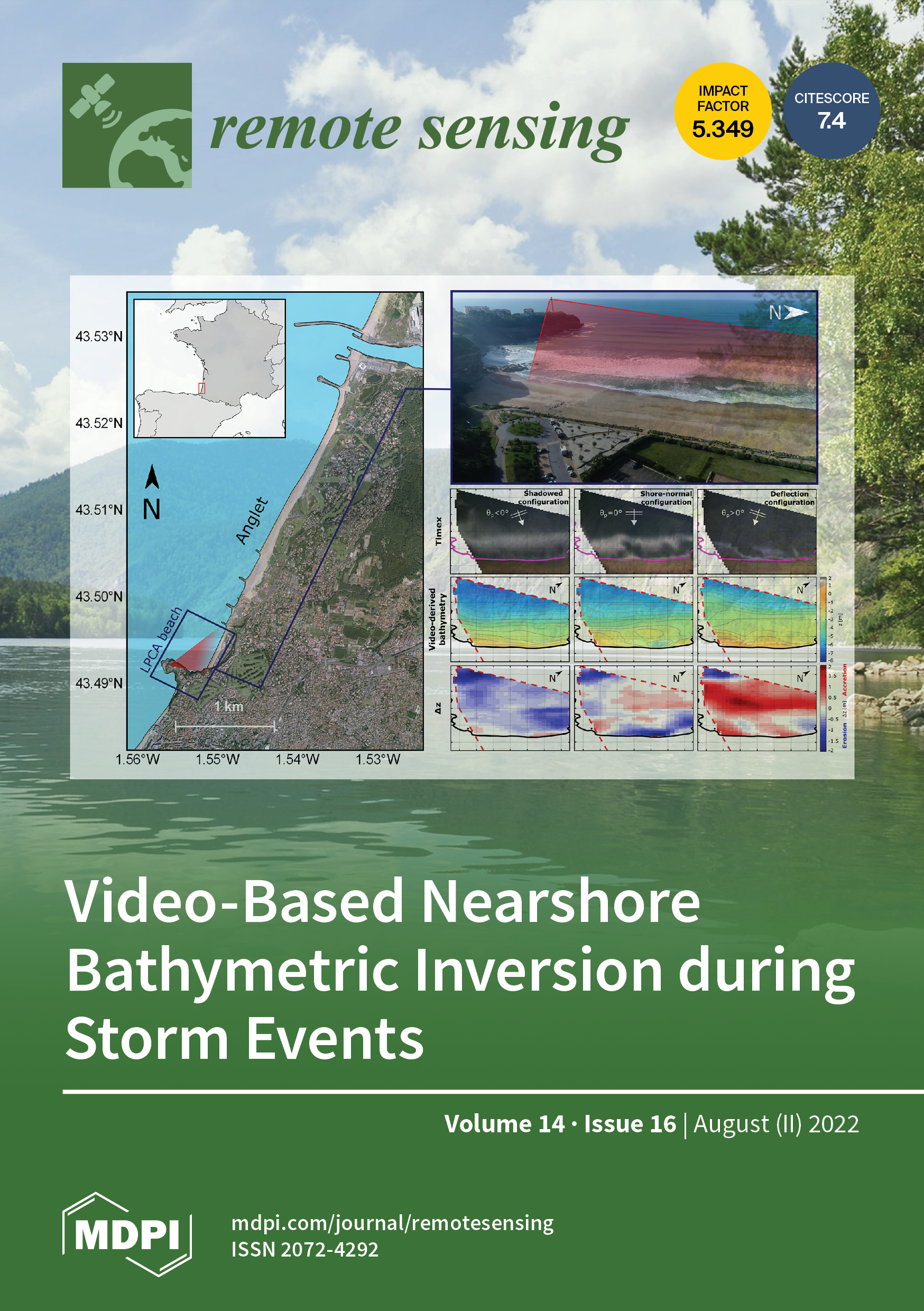2022
LaRoe, J. (Applied Analysis Solutions, LLC); Holmes, C.M. (Applied Analysis Solutions, LLC); Schad, T. (Bayer AG)
Nightlight Intensity Change Surrounding Nature Reserves: A Case Study in Orbroicher Bruch Nature Reserve, Germany Journal Article
In: Remote Sensing, vol. 14, iss. 16, no. 3876, pp. 1-19, 2022.
Abstract | Links | Tags: 2022, Peer-Reviewed Publication, Remote Sensing
@article{nokeyb,
title = {Nightlight Intensity Change Surrounding Nature Reserves: A Case Study in Orbroicher Bruch Nature Reserve, Germany },
author = {LaRoe, J. (Applied Analysis Solutions, LLC) and Holmes, C.M. (Applied Analysis Solutions, LLC) and Schad, T. (Bayer AG)},
url = {https://www.mdpi.com/2072-4292/14/16/3876, View Online
https://appliedanalysis.solutions/wp-content/uploads/2023/01/LaRoe-2022-Nightlight-Intensity-Change-Surrounding-Nature-Reserves-A-Case-Study-in-Orbroicher-Bruch-Nature-Reserve-Germany.pdf, View Document},
doi = {10.3390/rs14163876},
year = {2022},
date = {2022-08-10},
urldate = {2022-08-10},
journal = {Remote Sensing},
volume = {14},
number = {3876},
issue = {16},
pages = {1-19},
abstract = {This article belongs to the Special Issue Remote Sensing of Night-Time Light.
Persistent global urbanization has a direct relationship to measurable artificial light at night (ALAN), and the Defense Meteorological Satellite Program has served an important role in monitoring this relationship over time. Recent studies have observed significant declines in insect abundance and populations, and ALAN has been recognized as a contributing factor. We inves-tigated changes in nightlight intensity at various spatial scales surrounding insect traps located in Orbroicher Bruch Nature Reserve, Germany. Using a time series of global nighttime light imagery (1992–2010), we evaluated pixel-level trends through linear regressions and the Mann–Kendall test. Paired with urban land cover delineation, we compared nightlight trends across rural and urban areas. We utilized high-resolution satellite imagery to identify landscape features poten-tially related to pixel-level trends within areas containing notable change. Approximately 96% of the pixel-level trends had a positive slope, and 22% of pixels experienced statistically significant increases in nightlight intensity. We observed that 80% of the region experienced nightlight in-tensity increases >1%, concurrent with the observed decline in insect biomass. While it is unclear if these trends extend to other geographic regions, our results highlight the need for future studies to concurrently investigate long-term trends in ALAN and insect population decline across multiple scales, and consider the spatial and temporal overlaps between these patterns.},
keywords = {2022, Peer-Reviewed Publication, Remote Sensing},
pubstate = {published},
tppubtype = {article}
}
This article belongs to the Special Issue Remote Sensing of Night-Time Light.
Persistent global urbanization has a direct relationship to measurable artificial light at night (ALAN), and the Defense Meteorological Satellite Program has served an important role in monitoring this relationship over time. Recent studies have observed significant declines in insect abundance and populations, and ALAN has been recognized as a contributing factor. We inves-tigated changes in nightlight intensity at various spatial scales surrounding insect traps located in Orbroicher Bruch Nature Reserve, Germany. Using a time series of global nighttime light imagery (1992–2010), we evaluated pixel-level trends through linear regressions and the Mann–Kendall test. Paired with urban land cover delineation, we compared nightlight trends across rural and urban areas. We utilized high-resolution satellite imagery to identify landscape features poten-tially related to pixel-level trends within areas containing notable change. Approximately 96% of the pixel-level trends had a positive slope, and 22% of pixels experienced statistically significant increases in nightlight intensity. We observed that 80% of the region experienced nightlight in-tensity increases >1%, concurrent with the observed decline in insect biomass. While it is unclear if these trends extend to other geographic regions, our results highlight the need for future studies to concurrently investigate long-term trends in ALAN and insect population decline across multiple scales, and consider the spatial and temporal overlaps between these patterns.
Persistent global urbanization has a direct relationship to measurable artificial light at night (ALAN), and the Defense Meteorological Satellite Program has served an important role in monitoring this relationship over time. Recent studies have observed significant declines in insect abundance and populations, and ALAN has been recognized as a contributing factor. We inves-tigated changes in nightlight intensity at various spatial scales surrounding insect traps located in Orbroicher Bruch Nature Reserve, Germany. Using a time series of global nighttime light imagery (1992–2010), we evaluated pixel-level trends through linear regressions and the Mann–Kendall test. Paired with urban land cover delineation, we compared nightlight trends across rural and urban areas. We utilized high-resolution satellite imagery to identify landscape features poten-tially related to pixel-level trends within areas containing notable change. Approximately 96% of the pixel-level trends had a positive slope, and 22% of pixels experienced statistically significant increases in nightlight intensity. We observed that 80% of the region experienced nightlight in-tensity increases >1%, concurrent with the observed decline in insect biomass. While it is unclear if these trends extend to other geographic regions, our results highlight the need for future studies to concurrently investigate long-term trends in ALAN and insect population decline across multiple scales, and consider the spatial and temporal overlaps between these patterns.

